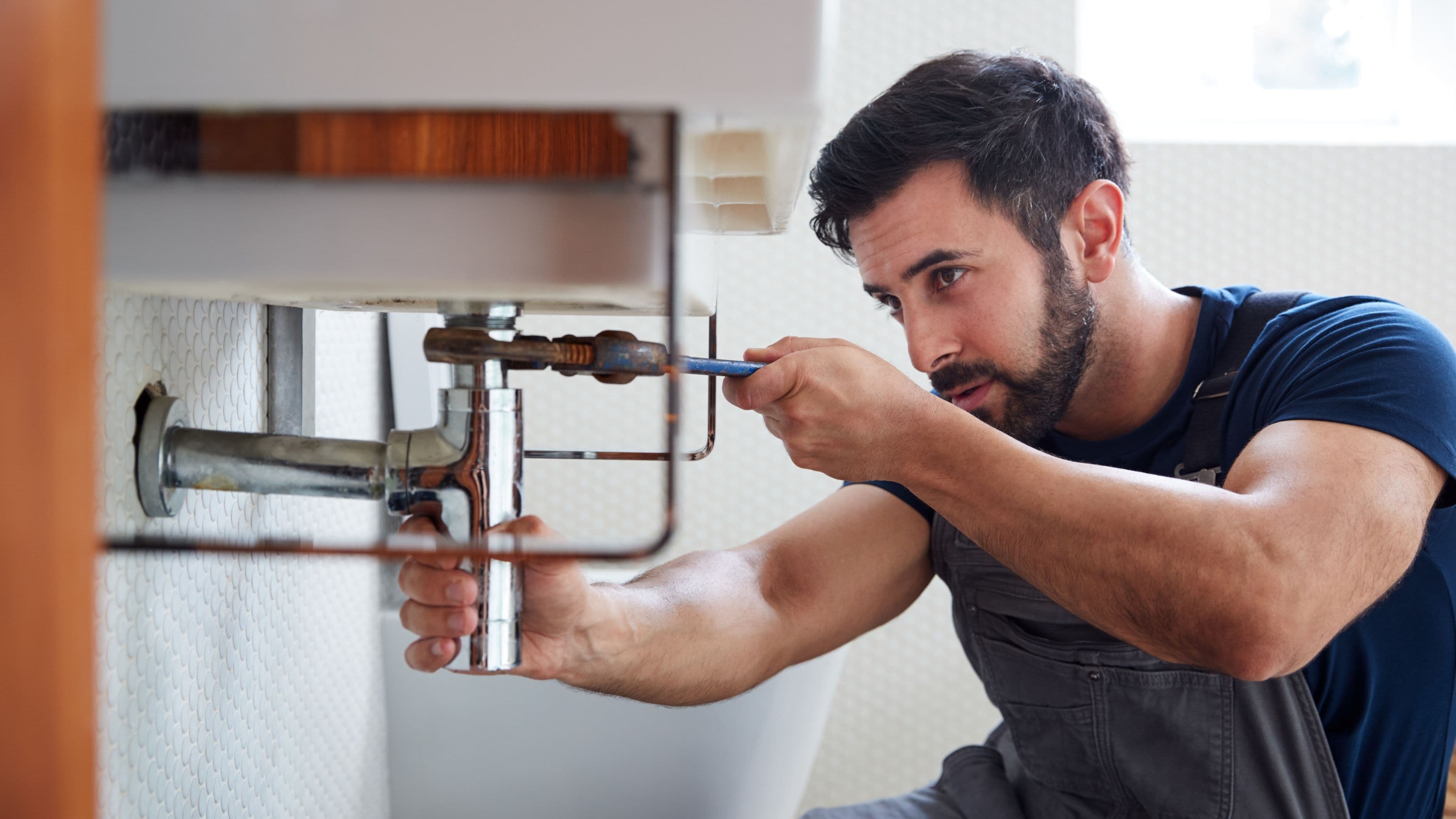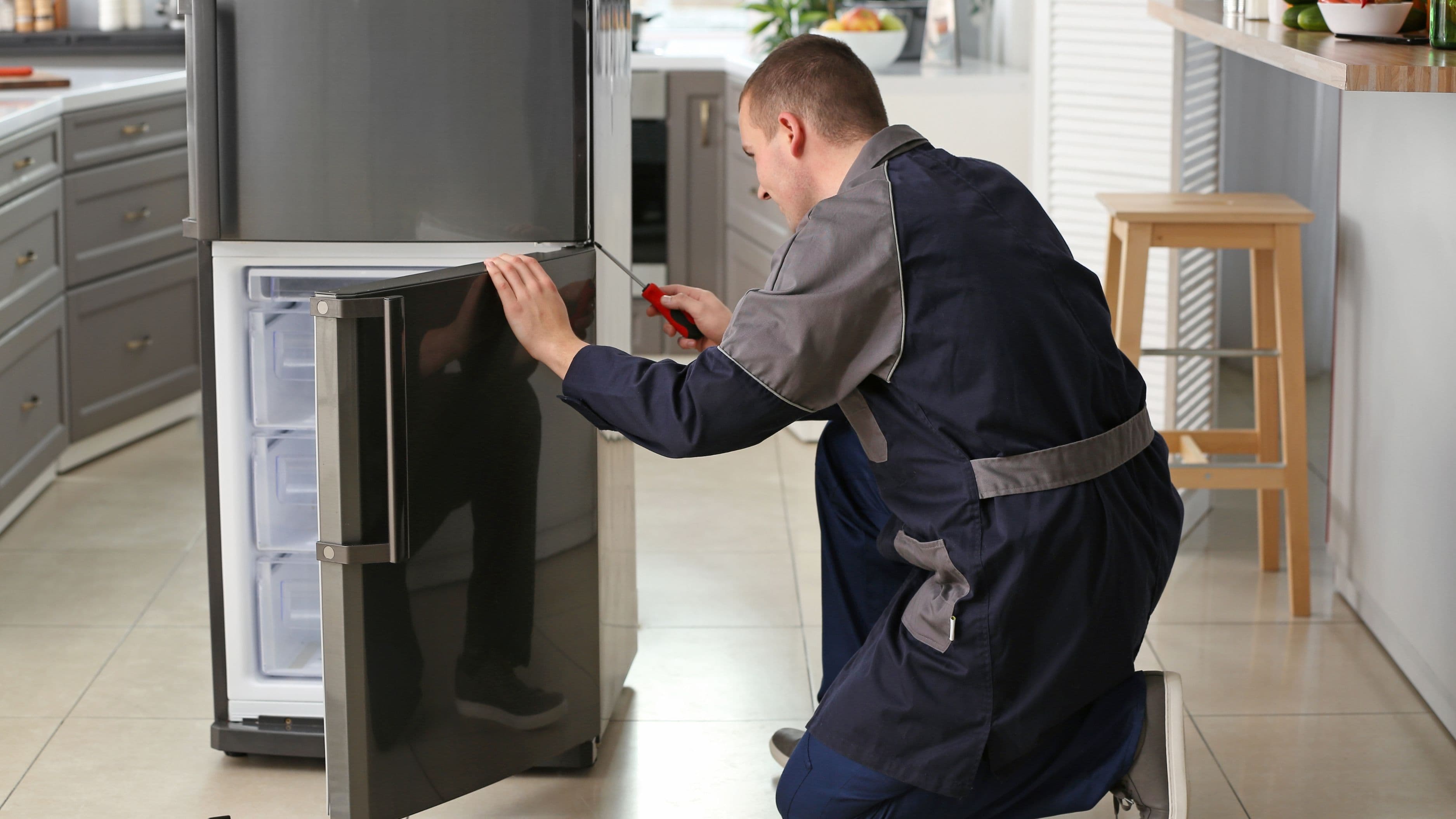Creating a home maintenance budget isn't about perfection—it's about preparation. Whether you're a first-time homeowner feeling overwhelmed or a seasoned renter tired of surprise expenses, the key is building a system that adapts to your life and your property's unique needs. Let's break down exactly how to create a maintenance budget that won't gather dust in a forgotten spreadsheet.
1. Calculate Your Home's True Maintenance Needs
Your home's age, size, and condition determine how much you should actually set aside. The old rule of thumb suggests saving 1% of your home's value annually for maintenance, but that's often misleading. A $400,000 home doesn't necessarily need $4,000 in annual upkeep if it's brand new, while a 50-year-old fixer-upper worth $200,000 might need double that amount.
Start by walking through your home room by room, noting the age of major systems and appliances. Your water heater, HVAC system, roof, and appliances all have predictable lifespans. A roof typically lasts 20-25 years, while a water heater gives you about 10-15 years of service. Once you know what you're working with, you can anticipate replacements rather than react to failures. Create a simple spreadsheet listing each major component, its age, expected lifespan, and replacement cost—this becomes your maintenance roadmap.
For renters, your focus shifts to the items you're responsible for maintaining. Check your lease carefully to understand what falls under your purview. You might not worry about roof repairs, but you'll likely handle things like air filter changes, minor plumbing fixes, and keeping appliances in good working order.
2. Separate Routine from Emergency Funds
Here's where most budgets fall apart: lumping everything into one pot. Your maintenance budget needs two distinct buckets. The first is your routine maintenance fund—this covers predictable, seasonal tasks like gutter cleaning, HVAC servicing, and lawn care. These expenses are your first line of defense against bigger problems down the road.
Your emergency fund is different entirely. This money sits untouched until something breaks unexpectedly. Think of it as insurance you create for yourself. Start by saving at least $1,000 in this fund, then gradually build it to cover three months of potential repair costs. Even setting aside $50 per paycheck adds up to $1,300 in a year—enough to handle most common emergencies without reaching for a credit card.
The psychology here matters as much as the math. When these funds are separated, you're less tempted to raid your emergency stash for routine tasks. Label them clearly in your banking app or spreadsheet. Call one "Home TLC" and the other "Oh No Fund"—whatever naming convention makes sense to you.
3. Master the Seasonal Maintenance Calendar
Timing is everything when it comes to home maintenance. Certain tasks done at the right moment prevent expensive disasters later. Your budget becomes infinitely more manageable when you spread costs throughout the year rather than facing everything at once.
Spring demands attention to your home's exterior after winter's beating. Inspect your roof for damaged shingles, clean gutters of winter debris, and check your foundation for cracks. These tasks might cost $200-500 if you hire help, or just your time and $50 in supplies if you DIY. Summer is prime time for air conditioning maintenance and exterior painting projects. Fall requires preparing your heating system, sealing windows, and winterizing outdoor faucets. Winter focuses on indoor projects and monitoring for ice dams or heating issues.
Create a simple calendar marking which tasks happen each season. Attach estimated costs to each item. This visual representation transforms an overwhelming annual budget into four manageable chunks. You'll know in January that you need $300 saved by April for spring maintenance, making the goal feel achievable rather than intimidating.
4. Learn Which DIY Tasks Save the Most Money
Not every repair requires a professional, and knowing where to focus your DIY energy can save thousands annually. The sweet spot lies in mastering simple, high-frequency tasks that professionals charge premium rates for. Changing air filters, unclogging drains, replacing faucet washers, and caulking around fixtures are all entry-level skills with massive payoff.
Start with tasks that have low risk and high visibility. Replacing a toilet flapper costs $5 and saves you from paying a plumber $150. Cleaning refrigerator coils takes fifteen minutes and extends your appliance's life by years. These small wins build confidence for tackling slightly more complex projects. YouTube has become an incredible resource—just search your specific model number plus the problem, and you'll usually find a step-by-step video.
However, know your limits and respect them. Electrical work beyond replacing switches, gas line repairs, and major structural issues warrant professional help. The money you save on DIY should go directly into your budget for these necessary professional services. It's not about doing everything yourself—it's about strategically choosing which tasks give you the best return on your learning investment.
5. Build Relationships with Reliable Contractors Now
Waiting until an emergency strikes to find a trustworthy plumber or electrician is a recipe for overpaying and disappointment. Your budget works better when you've already vetted and established relationships with skilled professionals. These connections pay dividends through better pricing, faster response times, and honest advice about what truly needs fixing.
Start building your contractor network by asking neighbors and friends for recommendations. Schedule non-emergency consultations with a plumber, electrician, and HVAC technician. Many offer free or low-cost inspections that help you understand your home's condition while letting you assess their expertise and communication style. A good contractor will explain issues clearly, provide written estimates, and never pressure you into immediate decisions.
Consider these relationships as part of your budget infrastructure. Some contractors offer annual maintenance plans that include priority service and discounted rates. While there's an upfront cost, the peace of mind and potential savings during emergencies often justify the expense. Plus, regular professional eyes on your systems catch small problems before they become budget-busting catastrophes.
6. Track Everything and Adjust Quarterly
A budget only works if you actually know where your money goes. Start tracking every maintenance expense, no matter how small. That $8 caulk tube matters as much as the $800 furnace repair. After three months, patterns emerge that reveal where your estimates were accurate and where you need adjustments.
Use whatever tracking method actually fits your life. Phone apps like Mint or even a simple spreadsheet work equally well—the best system is the one you'll actually use consistently. Include the date, item or task, cost, whether it was routine or emergency, and any notes about the repair. This historical data becomes invaluable for future planning and helps you spot trends in your home's needs.
Review your budget quarterly rather than annually. Three months provides enough data to identify issues without waiting so long that you're drowning in overspending. If your HVAC costs are running high, you might need more frequent filter changes or a system inspection. If you've had multiple plumbing issues, perhaps it's time to budget for a whole-house replumbing consultation. These adjustments keep your budget living and breathing rather than rigid and unrealistic.
7. Prioritize by Impact and Urgency
When money is tight and everything seems to need attention, prioritization saves your sanity and your budget. Not all maintenance tasks carry equal weight. Some prevent cascading damage, while others simply improve comfort or aesthetics. Learning to distinguish between these categories helps you allocate limited funds where they matter most.
Create a simple tier system for potential repairs and maintenance. Tier one includes anything affecting safety or preventing major damage—think roof leaks, electrical issues, or broken heating in winter. These take immediate priority regardless of cost because delays make them exponentially more expensive. Tier two covers items that affect functionality but won't cause additional damage—a running toilet, sticky door, or inefficient appliance. These get scheduled within a reasonable timeframe as budget allows.
Tier three is everything else: cosmetic updates, convenience improvements, and wish-list projects. These wait patiently in the queue until tiers one and two are handled and you've built adequate emergency reserves. This framework eliminates the guilt of postponing projects and helps you communicate with family members about why certain fixes happen now while others wait. Everyone understands safety comes before a fresh coat of paint.
8. Leverage Seasonal Sales and Bulk Buying
Smart shopping habits can stretch your maintenance budget by 20-30% without sacrificing quality. Retailers follow predictable patterns for sales on home improvement items, and paying attention saves substantial money. Memorial Day and Labor Day weekends bring massive discounts on appliances and power tools. Black Friday isn't just for electronics—major home improvement stores offer deep cuts on everything from water heaters to paint.
Buy frequently used maintenance supplies in bulk when you find good deals. Air filters, furnace filters, light bulbs, caulk, and cleaning supplies don't expire quickly and take up minimal storage space. Amazon Subscribe & Save, Costco, and local hardware stores often provide significant discounts for larger quantities. Set a dedicated area in your garage or closet for your maintenance supply stash—having materials on hand means you're ready to tackle tasks immediately rather than making multiple trips to the store.
Join loyalty programs at your go-to hardware stores. The free rewards add up quickly when you're making regular maintenance purchases. Many stores also offer contractor or professional discounts to regular customers—it never hurts to ask if one is available. Some credit cards provide additional percentages back on home improvement purchases, effectively giving you an automatic discount. Every dollar saved on supplies is a dollar available for unexpected repairs.
9. Create a Digital Home Maintenance Manual
Your home's history is valuable information that improves budget accuracy and prevents repeated mistakes. Start a digital folder containing receipts, warranties, instruction manuals, and photos of all repairs and upgrades. When something breaks, you'll know exactly when it was last serviced, what was done, and whether it's still under warranty.
Take photos of everything during repairs—finished work, but also the process and anything hidden behind walls or under floors. These images prove invaluable when troubleshooting future issues or explaining problems to contractors. Document paint colors, flooring types, and specific model numbers for all appliances and fixtures. You'll thank yourself when you need to match existing materials or order replacement parts.
Include notes about seasonal observations and minor issues you've noticed. That small ceiling stain might not warrant immediate action, but documenting it helps you track whether it's growing or stable. This running record of your home's health helps you spot patterns, plan preventive maintenance, and budget more accurately for future needs. Plus, if you sell your home, this documentation demonstrates responsible ownership and can be a powerful selling point.
10. Celebrate Your Maintenance Wins
This might sound silly, but acknowledging your successful maintenance habits reinforces the behavior and keeps you motivated. Fixed a leaky faucet yourself? That's $150 you kept in your pocket. Made it through summer without an AC emergency because you scheduled spring maintenance? You deserve recognition for that smart planning.
Keep a visible record of money saved through preventive maintenance and DIY repairs. Some people maintain a jar where they drop the cash equivalent of what they would have paid a professional. Others keep a running tally in their budget tracker. Watching these savings accumulate provides tangible proof that your system works and your effort matters.
Consider using a portion of your saved money for small home improvements or personal rewards. If you saved $500 through DIY repairs this year, maybe $100 goes toward that new tool you've been eyeing or a nice dinner out. This balance between responsibility and reward keeps budget fatigue at bay and reminds you that smart home maintenance improves your quality of life rather than just draining resources.
The Foundation of Financial Peace
Creating a home maintenance budget that actually works isn't about complex spreadsheets or perfect predictions. It's about building awareness of your home's needs, preparing incrementally for inevitable repairs, and developing skills that serve you for decades. The confidence that comes from knowing you can handle whatever your home throws at you is worth more than any single repair savings.
Your home is likely your largest investment, but it doesn't have to be a source of constant financial anxiety. Start small, stay consistent, and adjust as you learn what your specific property demands. Every dollar you set aside today is one less dollar of stress tomorrow. What small step will you take this week to strengthen your home maintenance foundation?
📚 Sources
HomeAdvisor, "How Much Should You Budget for Home Maintenance?" 2024 Annual Report
National Association of Home Builders, "Study of Life Expectancy of Home Components," 2023
Bankrate, "Emergency Savings and Home Ownership Statistics," Consumer Financial Survey 2024
🔍 Explore Related Topics










